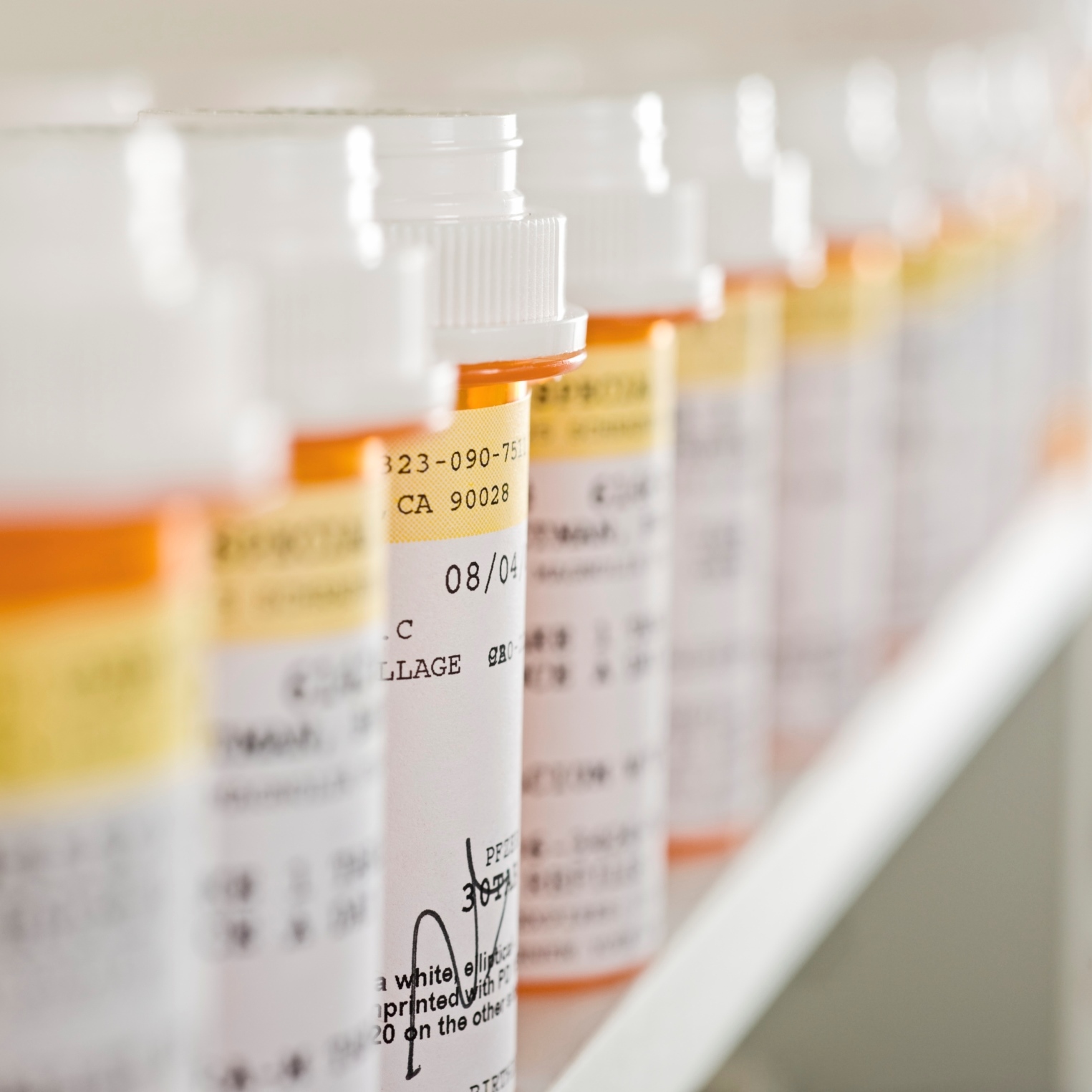Health and Healthcare
The 2016 Bullish and Bearish Case for Pfizer, Merck, Johnson & Johnson

Published:
Last Updated:

Now that 2015 has ended, 24/7 Wall St. wanted to see what the strategists and analysts on Wall Street expect for the stock market in 2016. It turns out the bull market was interrupted in 2015 as the Dow Jones Industrial Average (DJIA) closed out the year at 17,425.03 for a change of -2.2% for the year. That may be hardly a reason to call a bear market ahead, but it is after six straight years of gains.
Major pharmaceutical companies are at a fork in the road as 2016 begins. The question is whether these companies will run with the bulls or side with the bears for the year. Last year was somewhat mixed for these giants, but it’s no reason to hold them back. 24/7 Wall Street has evaluated three major Dow components in the pharmaceutical industry and presented the bullish and bearish case for each in 2016. These include Pfizer Inc. (NYSE: PFE), Merck & Co. (NYSE: MRK) and Johnson & Johnson (NYSE: JNJ).
If the analyst community is right, it could be a good year for Big Pharma investors. The flip side of that coin is that the bumpy start of 2016 for stocks might have to temper some of these high expectations.
Pfizer
Pfizer had a relatively positive 2015, as it is currently involved in a merger with Allergan to form one of the largest pharma companies in the world. We even listed Pfizer as one of the 2016 2016 Dogs of the Dow, ending 2015 with a 3.72% dividend yield.
Back to the merger. This merger potentially may be contested, and even not approved, because Pfizer plans to use this as a tax inversion or a partial inversion. This could create uncertainty for Pfizer in 2016 should it not be approved. On the other hand, this could provide a significant tax break going forward.
Shares of Pfizer closed out 2015 at $32.28, with a consensus analyst price target of $40.44 and a 52-week trading range of $28.47 to $36.46.
Merck
Merck is another Dog of the Dow that has been restructuring, similar to Pfizer, but its merger risks might be less present than its DJIA rival. Although this might explain why its dividend yield is 3.48%, and Merck lost almost 3.9% in 2015. Could Merck have even less event risk than Pfizer? Both companies may have pricing and patent risks as ongoing issues.
This pharmaceutical giant recently announced very encouraging data from two pivotal Phase 3 clinical studies for its investigational antitoxin bezlotoxumab for prevention of recurrence of clostridium difficile infection. Data from the studies, dubbed MODIFY I and MODIFY II, evaluated the use of bezlotoxumab alone or in combination with actoxumab. Both the studies met their primary efficacy endpoint.
Merck also was granted breakthrough therapy designation by the FDA for its Keytruda in treating non-small cell lung cancer.
There is risk associated with this pipeline going forward, but there is also a fair amount of opportunity, especially with late stage trials in the works.
Merck shares closed out 2015 at $52.82, within a 52-week trading range of $45.69 to $63.62. The consensus price target is $62.26.
While the index performance of the Dow does not account for individual stock dividends, Johnson & Johnson ended last year at $102.72.
For the year ahead, the consensus analyst price target from Thomson Reuters is $108.00. If the analysts are correct, the expected total return here would be about 9%, if you include its dividend yield of roughly 3%.
This company is one the top market cap stocks in the health care sector and raised its dividend for shareholders in 2015 for the 52nd consecutive year. We can look forward to more of this in 2016.
With everything from medical devices to over-the-counter (OTC) health items and prescription drugs, the company remains one of the most diversified health care names on Wall Street. Johnson & Johnson has one of the strongest OTC businesses out of the major pharma companies, and this doesn’t appear to be changing anytime soon.
However Johnson & Johnson appears to have slightly less ambitious views in terms of attacking the more lucrative diseases that Merck and Pfizer are going after. It very well could miss out on a blockbuster.
Shares of Johnson & Johnson were last seen trading at $99.50, with a 52-week trading range of $81.79 to $106.50.
Are You Ahead, or Behind on Retirement?
If you’re one of the over 4 Million Americans set to retire this year, you may want to pay attention. Many people have worked their whole lives preparing to retire without ever knowing the answer to the most important question: am I ahead, or behind on my goals?
Don’t make the same mistake. It’s an easy question to answer. A quick conversation with a financial advisor can help you unpack your savings, spending, and goals for your money. With Zoe Financial’s free matching tool, you can connect with trusted financial advisors in minutes.
Why wait? Click here to get started today!
Thank you for reading! Have some feedback for us?
Contact the 24/7 Wall St. editorial team.